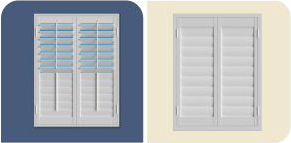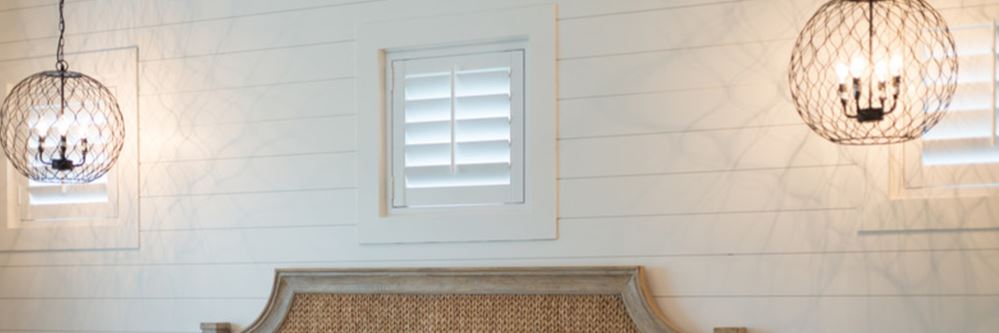
What's The Ideal Window Treatment For Casement Windows In Boston?
Many residents appreciate casement windows because of their classic style and ability to open fully for impressive airflow. These windows are generally hinged on a particular side and extend in or out as they are opened or shut. They also tend to run more compact than a standard window. They are practical and appealing, but it’s often difficult to locate the suitable window treatment for a casement window in Boston.
The encouraging news is this: there are window treatments that will function wonderfully for your residence. By installing an interior shutter or window shade, you can maintain the uniqueness of your casement window and still benefit from privacy and light control.
What To Keep In Mind When Selecting Casement Window Treatments In Boston
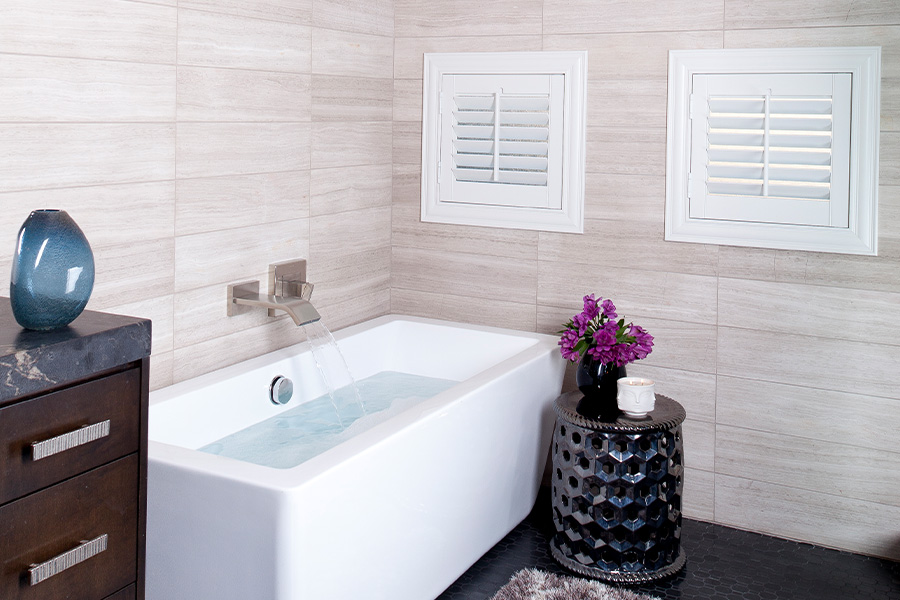
You don’t want to restrict the functionality or attractiveness of your windows by selecting the wrong sort of covering. To end up with the most suitable casement window treatments, contemplate the following:
- Window function: How do your windows open and close? Do they use a lever, handle, or crank? The proper window treatment will offer free access to this device and let the window open and close without difficulty.
- Depth of the window: Not all casements are identical, and you’ll have varying depths between the actual window and the wall. Various types of window treatments might not work for the space.
- Coverage and control of light: You want comprehensive window coverage but should also take advantage of the abundance of natural light and air circulation that casement windows supply. Select something adaptable that opens easily but won’t move in the breeze while still attaining your sought-after level of light control.
Top Window Treatments For Casement Windows
Since casement windows tend to vary significantly with different hinge positions, window depths, and opening mechanisms, it’s typically most beneficial to request an at-home consultation for custom window treatments to discover your ideal solution. With that being said, there are some preferred window treatments for casement windows in Boston. Here are two great choices.
Plantation Shutters For Casement Windows
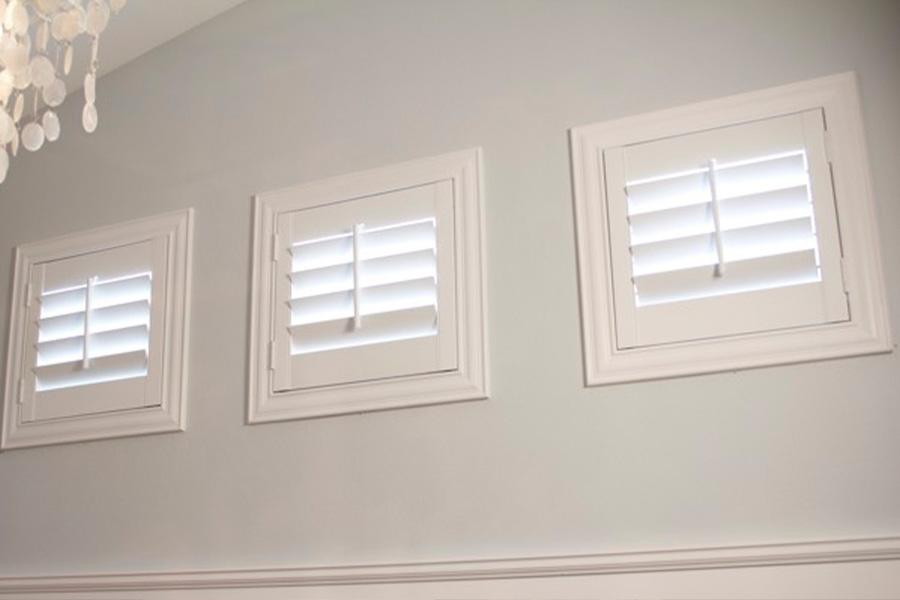
You simply can’t find a better solution than plantation shutters for casement windows in Boston. They will work no matter if your window is hinged at the top, bottom, or on the side. Plantation shutters can even be customized to fit any operating device.
Installation is also flexible since you are able to place them within your window jamb or on top of the frame. Because interior shutters are solid, long-lasting fixtures, you won’t have to be concerned with dangling fabric blowing in the breeze or knocking against the frame or glass. And you are able to pick from white Polywood® or wood shutters that are painted or stained to harmonize with your interior.
Plantation shutters also offer an unsurpassed combination of privacy and light control. Would you find it helpful to have natural air moving but with lower levels of light? No sweat! Simply open up your casement window, keep the panels of the louvered shutter shut, and then rotate the slats to let in air and your desired level of illumination. You’ll only get this type of control with plantation shutters for casement windows.
Cover Your Casement Windows With Cellular Shades
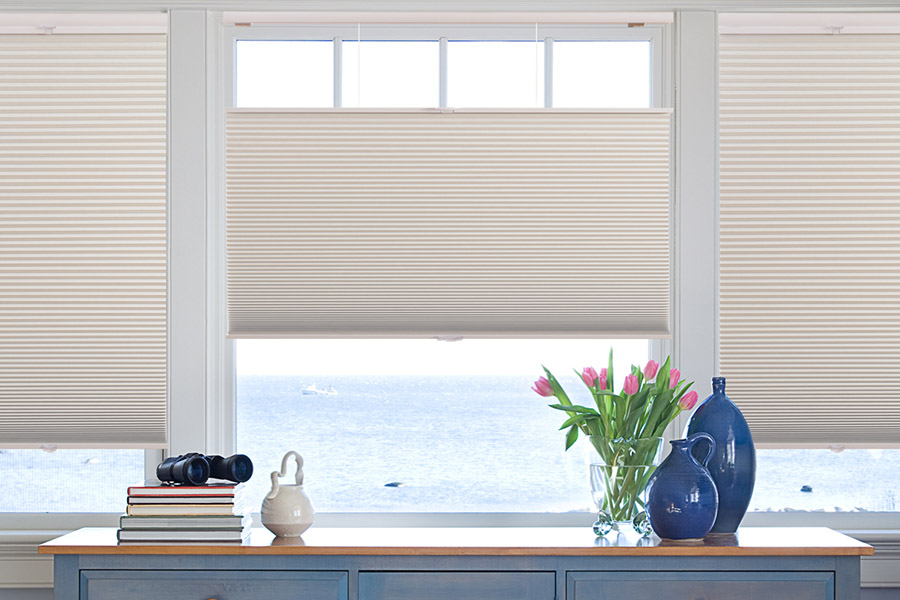
Cellular shades are another great window treatment choice for casement windows. They are available in a wide range of colors and styles, making it easy to find one that matches the design of your interior. A cellular shade also remains in place wherever you place the lift bar, avoiding the frustration of your window treatment obstructing the cranking device.
Cellular shades also help conserve energy. The honeycomb-shaped compartments of the shade capture air, decreasing heat loss and providing insulation to your casement window. This helps regulate the temperature in the room, keeping it comfortable all year long and lessening heating or cooling costs.
Order Window Treatments For Casement Windows In Boston
Get the ideal window treatment for your casement windows by consulting with the experts at Sunburst Shutters Boston. We customize plantation shutters, shades, blinds and other products for you to choose from. Reach out to us at 781-352-2205 to schedule your complimentary, in-home consultation, and we’ll bring samples of our products directly to you.


